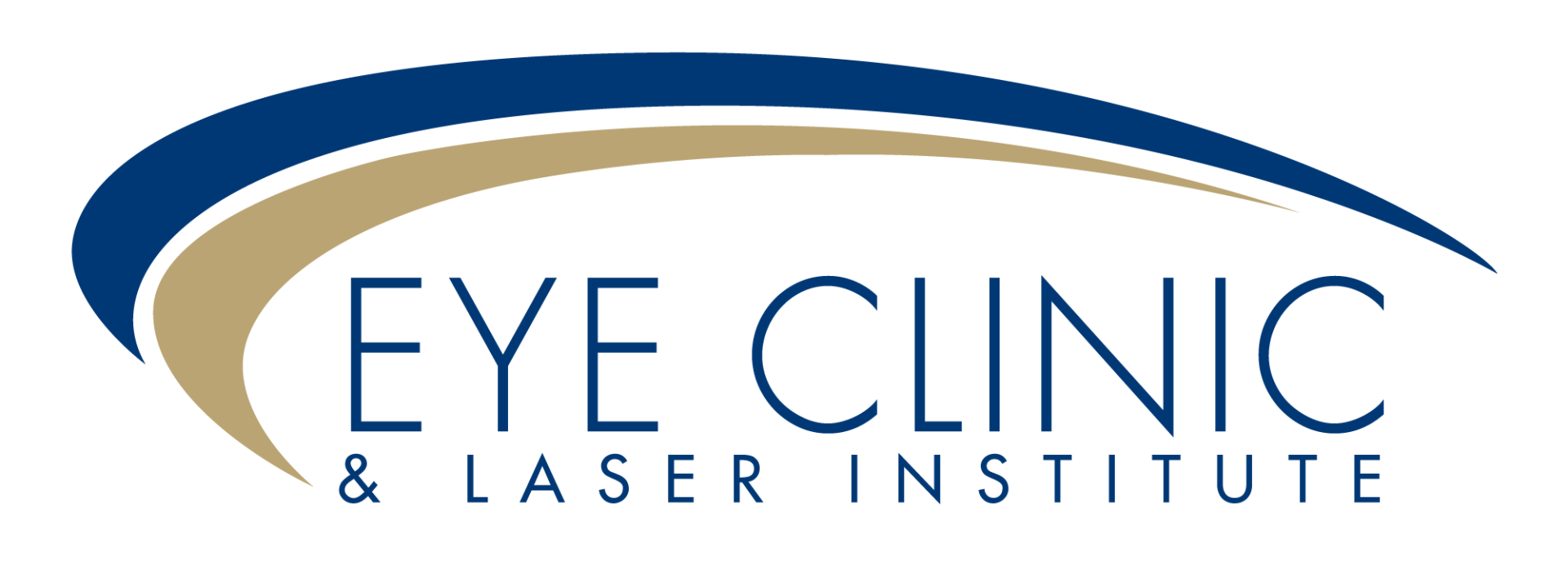Call Us Today: (321) 453-3937
Fax: 855-816-8467
Retinal Vein Occlusion
Retinal vein occlusion (RVO) happens when the flow of blood from the retina is blocked. Sometimes it happens because the veins of the eye are too narrow. It is more likely to occur in people with diabetes and possibly high blood pressure, high cholesterol levels, or other health problems that affect blood flow.
The symptoms of retinal vein occlusion include a painless blurring or loss of vision. It almost always happens in just one eye. At first, the blurring or loss of vision might be slight but it gets worse over the next few hours or days. Sometimes there is a complete loss of vision almost immediately. The complications of RVO, especially if they are not treated, can lead to permanent damage to the retina and irreversible loss of vision.
Treatments can range from medication, injections, photocoagulation therapy, or laser therapy. Visiting your ophthalmologist immediately can help diagnose your condition and form a treatment plan that is right for you. It is also important to inform your primary care doctor of your retinal vein occlusion, so he or she can evaluate and treat any underlying systemic illnesses.
Quick Links







